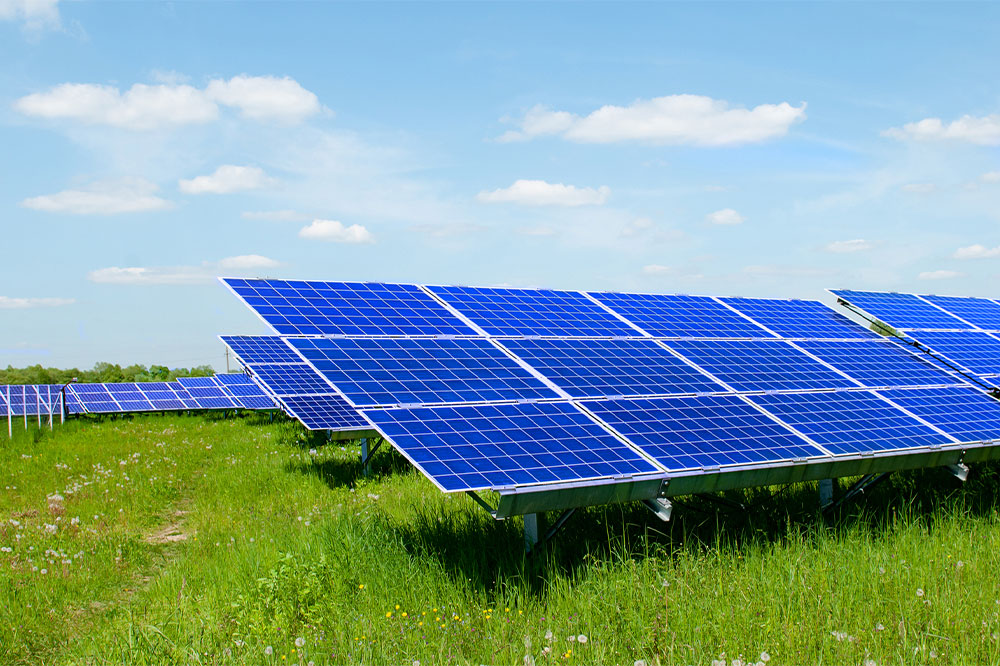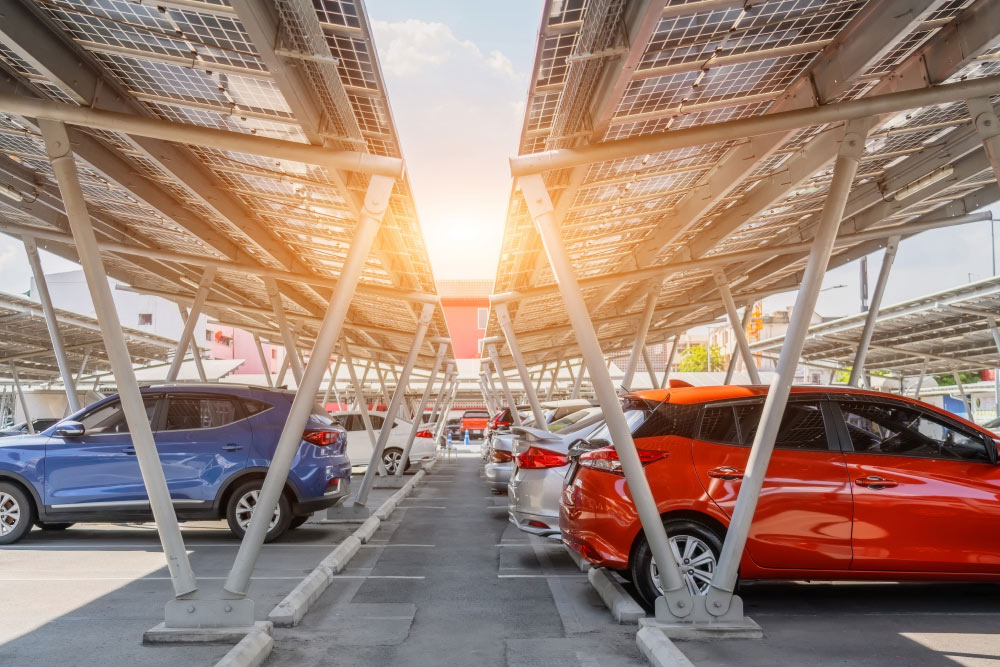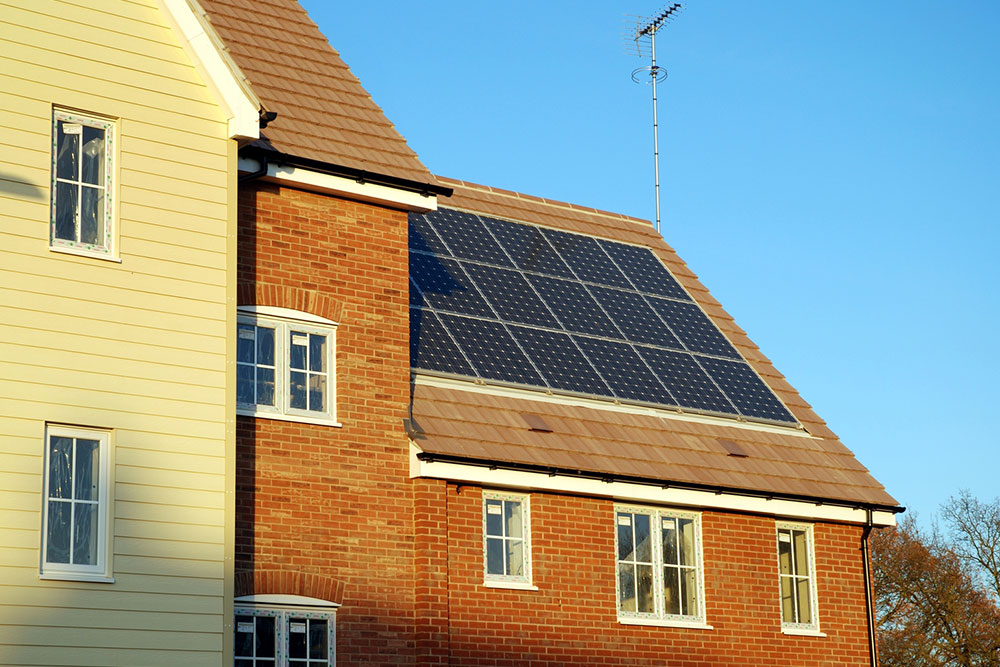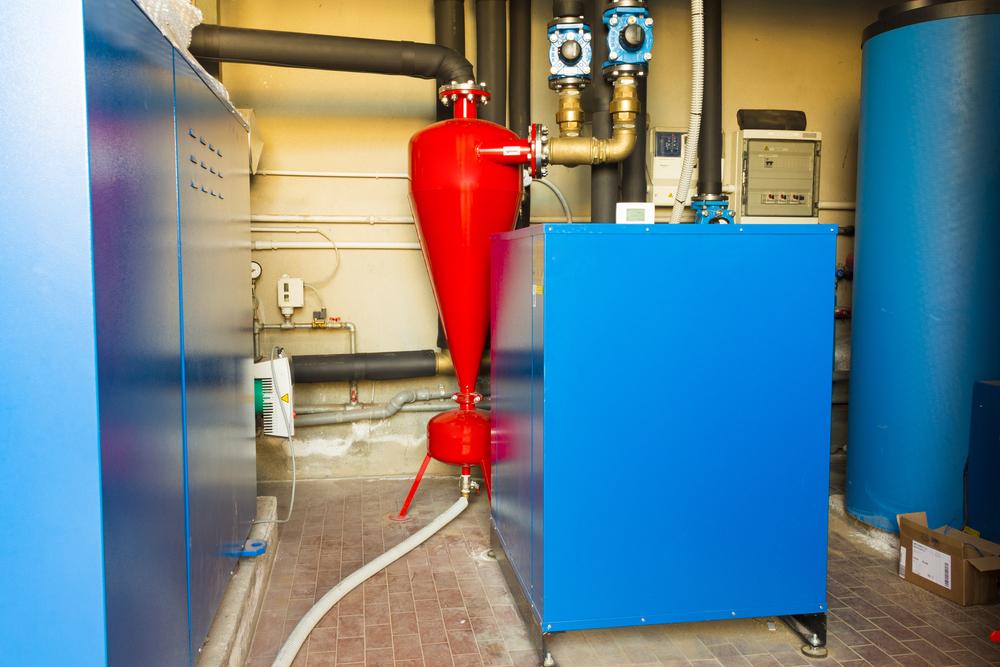Innovative Solar Pergolas: Combining Style and Sustainability
Discover how solar pergolas blend stylish outdoor design with renewable energy. Learn about installation tips, benefits, and panel options to create an eco-friendly space that saves costs and adds value. Expert advice ensures optimal setup for sustainable outdoor living.
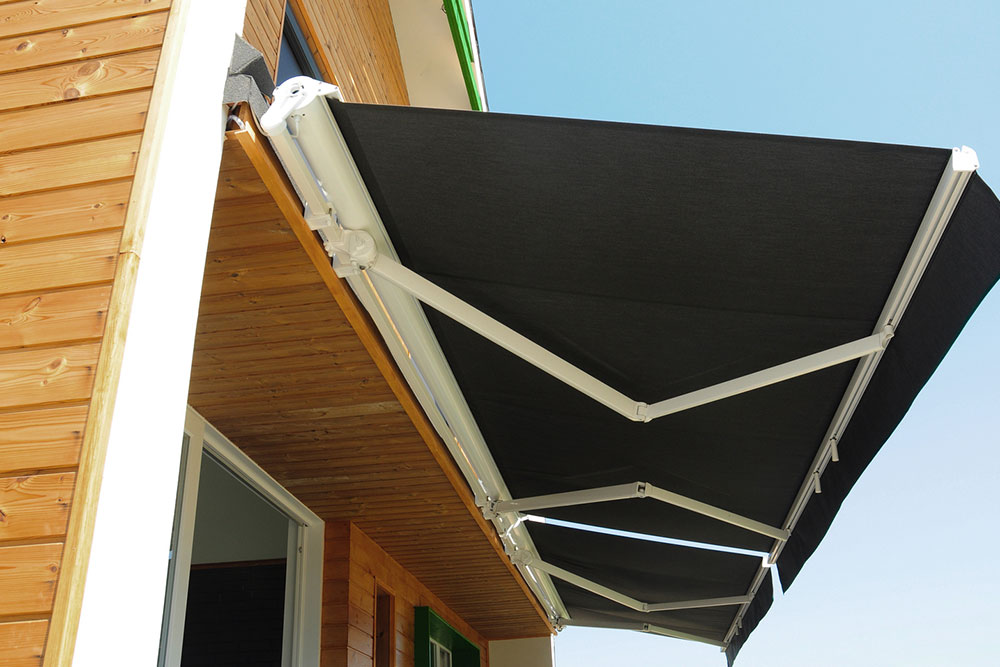
Innovative Solar Pergolas: Combining Style and Sustainability
Harnessing renewable solar energy through pergolas attracts homeowners seeking eco-friendly outdoor solutions. These stylish structures offer an elegant outdoor area while generating electricity to power parts of the home, significantly reducing energy costs. With available tax incentives, installing solar pergolas is a smart investment. Their attractive appearance and sustainable functionality make them ideal for environmentally conscious living.
What defines a solar pergola?
A solar pergola is a modern architectural feature that enhances outdoor spaces by integrating solar panels. It marries design with technology to deliver both aesthetic appeal and energy efficiency.
Beyond their visual charm, solar pergolas demonstrate commitment to functionality and eco-friendliness. They showcase human ingenuity by blending practical energy solutions with stylish design, symbolizing a move toward sustainable living.
Can solar panels be mounted on pergolas?
Yes, solar panels can be installed on pergolas. Typically, each panel weighs between 30 and 50 pounds, and most pergolas can support up to ten panels depending on size and structure. These weather-resistant panels are suitable for most residential settings.
It’s advisable to consult a professional to assess your pergola’s suitability for solar panel installation.
Installation tips for solar pergolas
Consider these factors during setup:
1. Optimal placement and orientation
Position the pergola where it receives maximum sunlight, ideally facing south. Elevate support beams to allow solar panels to tilt at 30-45 degrees for optimal solar capture.
2. Selecting appropriate solar panels
Choose panels based on size, efficiency, and design compatibility. Closed structures offer panels visible from below for a sleek look, while open designs blend seamlessly with outdoor aesthetics.
3. Fixing panels onto support beams
Secure panels using mounting brackets and screws supplied with the kit. For best results, professional installation ensures safety and durability.
4. Wiring to the solar system
Connect panels to the inverter, batteries, and charge controllers with the help of qualified electricians to ensure correct setup and safety.
5. Durable framing materials
Use high-quality materials like stainless steel or aluminum for panel frames. These materials enhance longevity and withstand various weather conditions.
Advantages of solar pergolas
Dual purpose: Provide shade while generating renewable energy, beautifying your outdoor space.
Cost efficiency: Reduce electricity bills with on-site power generation.
Eco-friendly: Utilize clean solar energy, lowering your carbon footprint.
Enhanced property value: Installing solar pergolas can increase home worth.
Types of solar panels suitable for pergolas
Monocrystalline panels: Offer high efficiency and durability, though they tend to be more expensive. Their single-crystal design yields better energy output.
Polycrystalline panels: Cost-effective and moderately efficient, these panels are made from multiple crystal structures.
Thin-film panels: Lightweight and flexible, ideal for unique installations, but with lower efficiency compared to crystalline types.
Number of panels required
Typically, three panels are installed on a pergola, depending on energy needs and space availability. Extra panels can be added to maximize energy production or to generate excess power for sale back to utilities. Assess your pergola’s size before deciding on panel quantity, even a single panel can be impactful.
Installation costs
Expect costs based on panel size, type, and installation complexity. Standard panel prices range from £350 to £500 each, with installation fees between £300 and £600. Proper maintenance, such as annual cleaning, keeps panels efficient and can be done professionally (about £5-£15 per panel) or via DIY with water.
Note: This blog offers general information across various categories. For detailed and personalized advice, consult qualified professionals. We are not liable for data discrepancies or unseen offers or schemes. Use this content as a guide, not definitive guidance.

